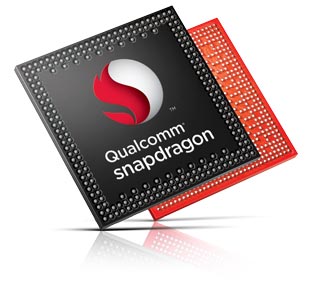Qualcomm’s Next Generation Snapdragon Processors Will Support Windows 10 Computing Devices
On December 8, 2016, at WinHEC (Microsoft’s Windows Hardware Engineering Community), we received some big news in the world of mobile computing. Qalcomm Technologies, Inc. announced that they have been working alongside Microsoft to enable the use of Windows 10 on decives that use the Qualcomm Snapdragon processors. In a press release, Qualcomm Technologies, Inc.’s Executive Vice President Cristiano Amon stated, “Qualcomm Snapdragon processors offer one of the world’s most advanced mobile computing features, including Gigabit LTE connectivity, advanced multimedia support, machine learning and superior hardware securitiy features, all while supporting thin, fan-less designs and long battery life.” Therefore, because of Snapdragon’s compact size and fan-less design it may be easy to expect some overheating problems but considering the aforementioned features (advanced multimedia support, machine learning, etc.) we are excited to see the performance that Qualcomm Technologies, Inc.’s Snapdragon processors will deliver.
The transition will also help aid towards utilization of cloud computing (internet based servers that process and manage data as opposed to using a computer or server) and with the advancements towards a society which uses more mobile platforms we see Qualcomm Technologies bring the type of innovation needed to speed up the transition that allows people to stay connected. As a result of cloud computing, the use of Qualcomm’s Snapdragon processors within mobile electronics to support Windows 10 to offer a portable way to work. Users will soon be running the new Windows 10 PCs with Snapdragon processors that support x86 Win32 as well as windows apps, graphics editing software (such as Adobe Photoshop), and even Windows 10 games!
This advancement will further spark the need to go mobile and will allow individuals, powered by Windows 10 and Qualcomm Technology, Inc.’s Snapdragon processors, to create and stay connected while on the go.

